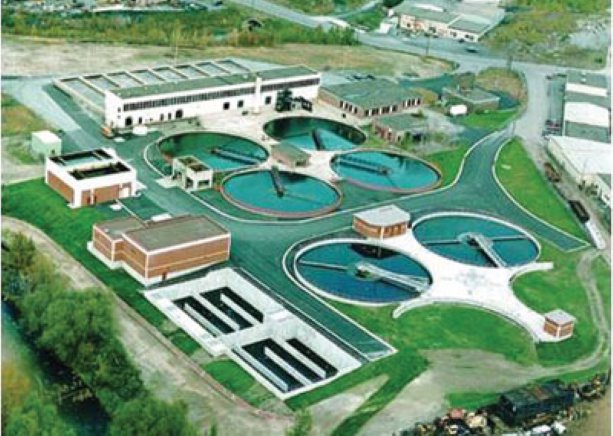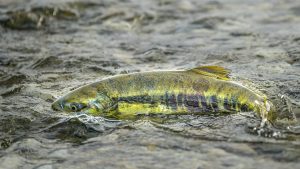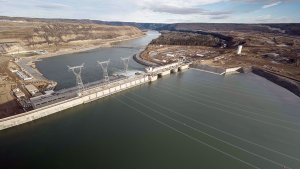A new wastewater treatment facility in Sudbury, Ontario will feature a dewatering area, a holding tank, treatment process space and potentially a storage area. The four bidding consortiums are: Graham Construction and Engineering; Kenaidan and CH2M HILL; Maple Reinders and Veolia Water Solutions and Technologies; and N-Viro Systems.
The stench of sewage Sudbury residents have endured over the past five or so years should be remedied as the City of Greater Sudbury moves to award one of four groups with a contract this July to eliminate the problem.
The foul odour (hydrogen sulfide) stems from waste sludge transported from the city’s nine wastewater treatment plants for disposal at Vale (formerly Inco) tailing ponds in nearby Lively, says Kevin Shaw, project manager for the new $40 million biosolids management facility and director of engineering services for the city.
The new facility will feature a dewatering area, a holding tank, treatment process space and potentially a storage area. It will increase the size of the existing facility by 8 to 10 per cent, depending on which consortium’s proposal is selected.
Sudbury has been shipping the sludge — a byproduct of the wastewater treatment process — to the ponds for 30 years.
Until about five years ago odours were a minor issue.
Various mitigation efforts to reduce the growing odour problem have included treating the sludge with lime and bioxide, a non-hazardous biological agent that minimizes the formation of hydrogen sulphide odours. A mechanical coherent water resonator also minimized the smell, but neither effort has eliminated it.
Shaw points out that while the odours subsided in 2006 because of the cool and wet summer, the problem worsened the following year and the Ministry of the Environment (MOE) requested the city review alternative methods of disposal.
The city believes the problem will behind them by 2012 when the winning consortium completes its contract.
The four bidding consortiums are: Graham Construction and Engineering which will use Lystek, an alkaline stabilization technology; Kenaidan/CH2M HILL using Bioset, also an alkaline stabilization method;
Maple Reinders/Veolia Water Solutions and Technologies using Biocon a drying technology to eliminate the problem; and N-Viro Systems Canada LP using N-Viro to stabilize the odors.
The four consortia were selected from 40 technologies in 2009.
Each alternative uses a heat or chemical process to kill pathogens present in untreated sewage sludge. The process dewaters and stabilizes wastewater sludge to produce a Class A biosolid suitable for land reclamation, land application, development of soil blends or as a soil amendment, says Shaw.
Each technology will produce a near pathogen-free biosolid that could be marketed under the Canadian Fertilizer Act, according to R.V. Anderson Associates Limited, the engineering consultant chosen to by the city to identify options.
Annual operating costs are projected to be $1 million to $1.5 million which will be partially offset through savings from the elimination of the current disposal method.
To meet the project’s tight deadline, the city chose a design-build model for the biosolids management facility.











Recent Comments
comments for this post are closed